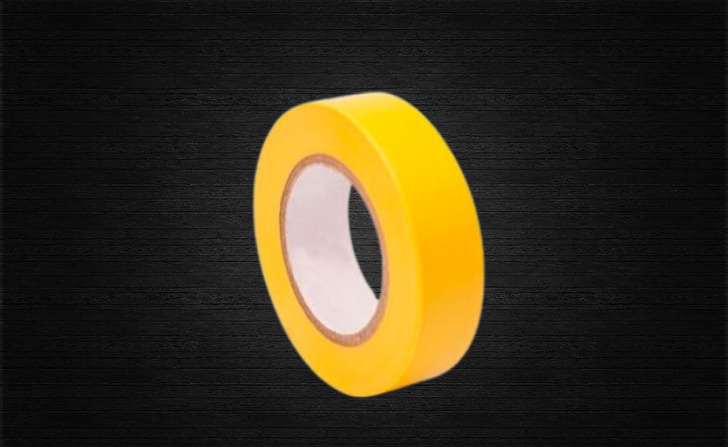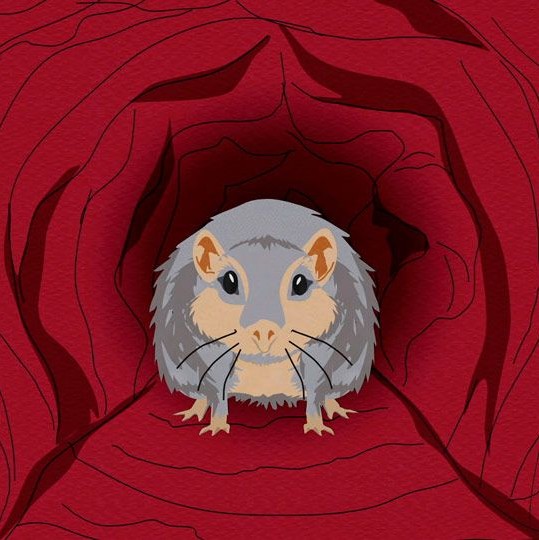One of my favourite comic artists ever. His comics are equal parts bleak & funny. Found at https://pbfcomics.com/comics/the-talk/
when it comes to describing bees and birds,
i’m sorry but i’m at a loss for words.
we can’t hear them buzz or sing
because – see, here’s the thing –
human beings are just massive turds.
Nice, we have poets now.
Do they live near Salad Fingers?
And do they like it when the red stuff comes out?
oh shit it all came flooding back
Not that I’m trying to pick apart a darkly funny comic meant to hilight the bleak future we seem to be barreling towards… But where do they get their nutrient paste?
I don’t see a greenhouse so actual food is unlikely, and given the barren nature of their surroundings, either the dwelling is embedded into rock, or they don’t go anywhere outside, hence the lack of a path or tracks. So no buying food.
Are they immortal? Cursed to live on a dead rock until the sun expands past the orbit of the earth? (I choose to believe this)
And here I thought my day was bad…
Maybe they have like an underground greenhouse with artificial light and irrigation
That was my next thought, but then where do they get their power, water, and oxygen?
I suppose it could be like a “reserve the surface room for a day” kind of thing, and hundreds of people live down below, with enough space for greenhouses and algea pools for oxygen production. Geothermal power, or simply a solar farm out of view, and deep underground natural water reservoirs…
I still think the immortal people in an indestructible house is probably the best bet.
So the look of this is similar to Silo 18 from wool and in that case they straight up used fossil fuels. The top bit was just for their exit and the cameras.
As a chemist,
Air: A Sabatier reactor uses CO2 and Hydrogen to make methane and water, then the methane can be heated in an oxygen-less atmosphere (pyrolysis) to get hydrogen and elemental carbon, and you can electrolyze the water to get oxygen and hydrogen. the hydrogen from the methane pyrolysis and water electrolysis is enough to use again in the Sabatier reactor, while the oxygen can then be used again to breathe.
For the food: A bit harder, for a closed loop like for the air you would need to chemically recycle pee and poo which IS possible, just insanely complicated (and gross, and dangerous).
A better method for food, if you had access to water, would be to turn water into steam, then use the elemental carbon from the Sabatier reactor and the steam to make syngas.
Once you have syngas, make Methanol with it, and then convert the methanol to Formaldehyde with a catalyst.
Once formaldehyde is obtained, use the Formose Reaction to make various sugars.
Then, use the sugars to eat or to feed animals/plants.
Idk about other stuff tho, all the proteins, vitamins etc
it could probably be possible to make them with genetically modified yeast/bacteria that feed on the sugar, but AFAIK this doesn’t exist yet (the above part of air+water to sugar is possible with current technology, tho)
GMO yeast that produces animal-specific proteins is a real thing, though experimental at the moment; it’s one of the several routes companies are trying for meat alternatives
Cool stuff
But where do they get their nutrient paste?
Nanotech-fabricated in corporate labs, delivered through underground pipes. The paste will flow, so long as they do their remote jobs (porn for the mother, bot farm management for the father, exposure to AI test output for the child.)
Optimistic to think it’s fabricated with nanotech instead of just pureé’d people and green dye.
No point in wasting the good stuff on the poors.
The problem with using pureé’d people is the transportation cost. C’mon now, think of the shareholders.
The lifepod just stores the bodies at subzero temperatures until a disposal truck comes to collect the bio waste. It all goes to the same place anyway…
Unless it’s one of the new ones, those just blend the body in-house and supplement the incoming lines.
Spendthrift! Who’s going to pay for all those trucks and blenders? We’ll just jettison the bodies out of the lifepods and let the Desert Crabs eat them. We’ll call it part of our “green” initiative. Of course we’ll still keep the body transportation charges, and tack on a convenience fee. THINK OF THE SHAREHOLDERS!!!
I would assume the nutrient paste is the people who did poorly at managing bot farms, gave too many unexpected answers to the AI tests…
The dad goes out and murders people, justifying it as feeding his family.
Gotta cook the radroaches when they come through the ground.
Very Blade Runner 2049 indeed, but those guys at least had greenhouses where they farmed edible insects
pbf is amazing!
Bleak
It’s a rather large misconception that bees are somehow required for pollinisation. That’s completely underestimating the value of butterflies, and how much they contribute to pollinisation. Even if all bees were to disappear overnight, the impact will hardly be Earth shattering. The most drastic thing that’ll happen is Humans losing an industry.
Without bees there will be a minor blank spot in a niche that already has other insects doing the same.
But that’s assuming that bees are actually dying. There are thousands of species of bee in the world, or even on just a single continent, and they’re doing… Fine… Ish. About as fine as any other creature on Earth being effected by Humans and climate change. The ones everyone is so concerned about is specifically the honey bee.
Honey bees are not even the best pollinators. No, the real concern with the dying of honey bees is that the honey industry will lose money. So honey bees dying is a corporate fear!
There are different kinds of pollinators. Some bees are what is called buzz pollinators, and they are the best pollinators for a whole bunch of different plants. These bees are struggling, partially because we have too many honey bees who are out-competing them.
Yeah, but when people get dramatic about bees dying they’re almost exclusively talking about the honey bee. A lot of people don’t understand there are other kinds of bee.
When I look up metrics for bee populations dying I’ve not found anything that talks about bees outside of the honey making industry.
Honey bees are doing absolutely fine though. And they’re pretty fucking terrible on other/native pollinators.
Yeah, there’s that too. Honey bees are native here in Europe, but they’re foreign to America. America has their own bee populations, but they don’t produce honey. Or at least, none of the native species are the kind of bee the industry used for honey production.
The butterflies are indeed dying though.
The latest annual count for the eastern monarch butterfly population was the second-lowest ever recorded. The population declined by nearly 60% from the previous year and is only 1/6 of the size needed to be out of the danger zone of migratory collapse. The western population of monarchs, which famously winters on the California coast each year, remains at just 5% of what it once was
Now that is something that needs a whole lot more attention.

Only because you know so little.










